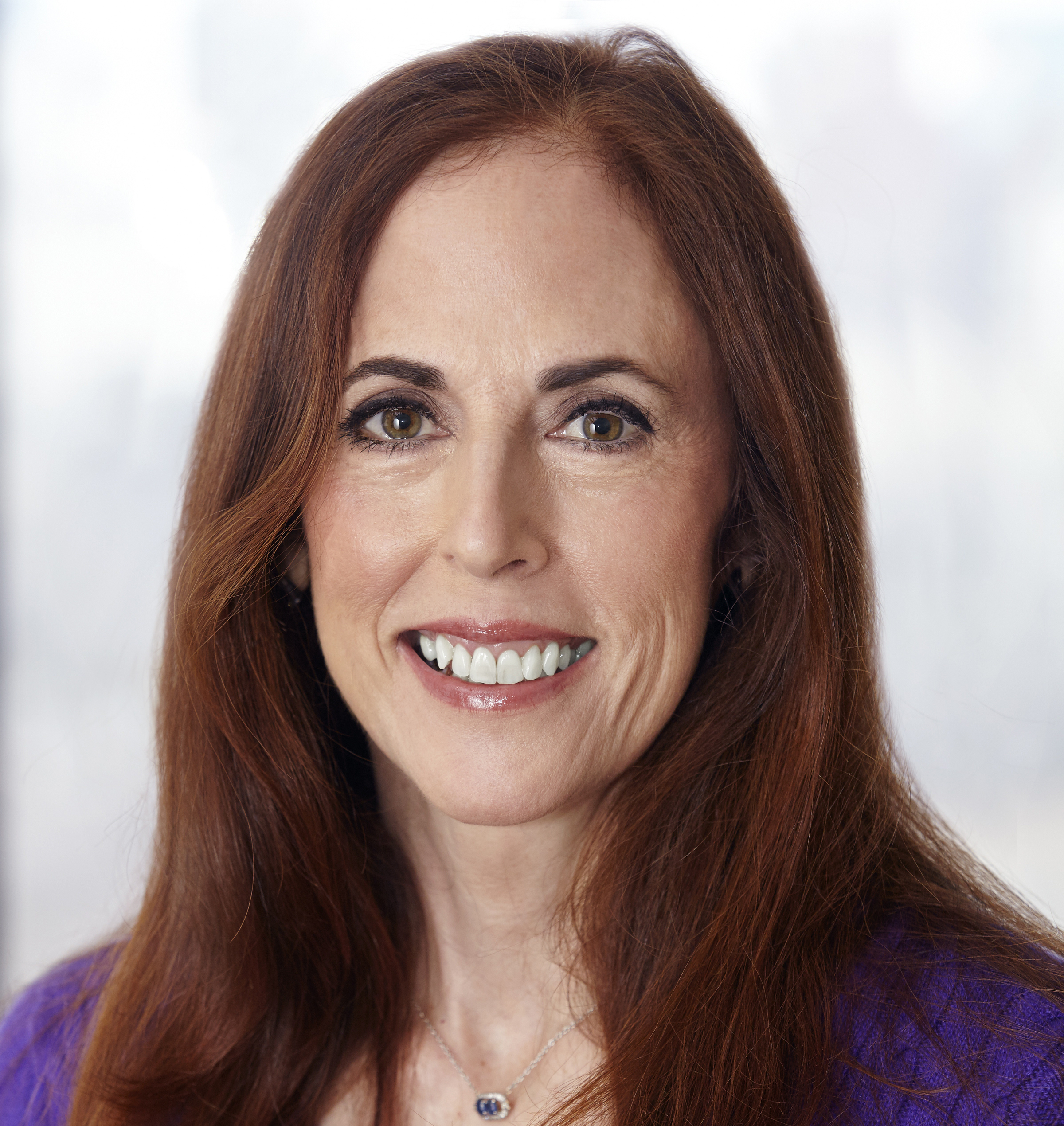 In the best of all possible worlds, size should not matter any more than race, gender and sexual orientation. Obviously, 2023 is still light years away from this ideal, according to a Sunday New York Times article “In Fashion, Thinness Still Rules.” Hardly, front page news, right?
In the best of all possible worlds, size should not matter any more than race, gender and sexual orientation. Obviously, 2023 is still light years away from this ideal, according to a Sunday New York Times article “In Fashion, Thinness Still Rules.” Hardly, front page news, right?
What does stand out is the idea that an AVERAGE (healthy!) size 8 or 10 model is finally being included—possibly as a token of diversity. When I was growing up in the ‘60s, I briefly considered modeling, but I could never become Twiggy thin, the super emaciated ideal that has more or less persisted into the present day. What’s different now is that there is an acceptance—even an embrace of bigger bodies, overweight by old standards and now welcomed as “plus size” models.


Every shop window I pass has plus-size mannequins next to the super skinny ones. Rarely—if ever—do I see a mannequin who is just healthy looking like me and most people I know. The same is true for all of the promotional ads I see on-line or in magazines: super skinny or obviously overweight. Wouldn’t it make more sense for fashion designers to make more clothing that is flattering for the average size woman, and then have “mid-size” models wearing it? I do believe that the world must include people of all shapes and sizes, but why does the fashion world exclude the vast majority in the middle?
When shopping on-line or in a store, it would be nice see a mannequin or model that was my size. Imagine all the time that might be saved and on-line purchases that would not be returned or exchanged, if only we could see how a dress, bathing suit, or pair of jeans fits a person that resembles us. How many people fail to try on outfits modeled by the super-thin or obviously overweight? I know that I avoid clothing—especially leggings and bathing suits—advertised on bodies that look nothing like mine.
 To make matters even more confusing, clothing sizes have been enlarged over the years by some designers and manufacturers, so that heavier women can enjoy the idea of wearing a smaller size and feel thinner. Also, there is no consistency in sizing. Whatever size you used to wear is likely to be too big now, unless you have gained weight.
To make matters even more confusing, clothing sizes have been enlarged over the years by some designers and manufacturers, so that heavier women can enjoy the idea of wearing a smaller size and feel thinner. Also, there is no consistency in sizing. Whatever size you used to wear is likely to be too big now, unless you have gained weight.
But given all of the much bigger problems in the world, I probably would not have bothered to finish writing this blog. I had put my article on hold until this morning, when my autistic daughter bounded into the dining room with a big smile, all excited.
“I finally got called for a paid modeling job in New Jersey! I forwarded you the email.” Samantha announced proudly. “The only thing they needed to know was my shoe size. You should read it.”
After months of too few auditions, Gamut, a talent agency for people with disabilities had finally offered Samantha a paid opportunity to do a Foot Locker commercial for Autism Awareness Month.
I finished my coffee and read the email. Of course, there was a catch. (Isn’t there always?) In order to be considered for the commercial, Samantha needed to wear a size 7 shoe and her shoe size was not included in her profile.
Samantha responded to the email saying how much she would love to be in the Foot Locker commercial for Autism Awareness, despite being a size 8 shoe. She mentioned her ad experience for SPARKS for Autism, her two appearances at the United Nations, and her co-starring role in the award-winning film Keep the Change—the first film to cast authentically.
Gamut said no, but they would consider her for other opportunities…. (Yeah, sure….)
My daughter was SO disappointed and frustrated. “Why must I wear a size 7? Why is that so important?”
I have no answer. Isn’t a size 8 an average shoe size that most women wear?
Why does Foot Locker think that an Autism Awareness representative must have small, Cinderella sized feet?
I have no more words.





 Marguerite Elisofon is a New York City writer and the author of My Picture Perfect Family, a memoir about how her family navigated life with a child on the autistic spectrum before the internet and support groups existed. She also blogs about parenting young adults and disability related issues in The Never Empty Nest. Her writing has been featured in a variety of publications, including Time and NY Metro Parents magazine, and her family’s story has been featured by the NY Post, Fox News, The Daily Mail, and on Jenny McCarthy’s Dirty Sexy Funny radio show. A Vassar graduate, Marguerite was born and raised in New York City, where she still lives with her husband, Howard, in their mostly-empty nest. She is available to speak about a wide variety of issues relating to twins, parenting, and autism.
Marguerite Elisofon is a New York City writer and the author of My Picture Perfect Family, a memoir about how her family navigated life with a child on the autistic spectrum before the internet and support groups existed. She also blogs about parenting young adults and disability related issues in The Never Empty Nest. Her writing has been featured in a variety of publications, including Time and NY Metro Parents magazine, and her family’s story has been featured by the NY Post, Fox News, The Daily Mail, and on Jenny McCarthy’s Dirty Sexy Funny radio show. A Vassar graduate, Marguerite was born and raised in New York City, where she still lives with her husband, Howard, in their mostly-empty nest. She is available to speak about a wide variety of issues relating to twins, parenting, and autism. 
The ridiculous hits just keep on coming. Samantha is a gorgeous woman. Shoe size does not matter. This is crazy!! Can’t Foot Locker find shoes in her size??? now really???
I’m with you:)